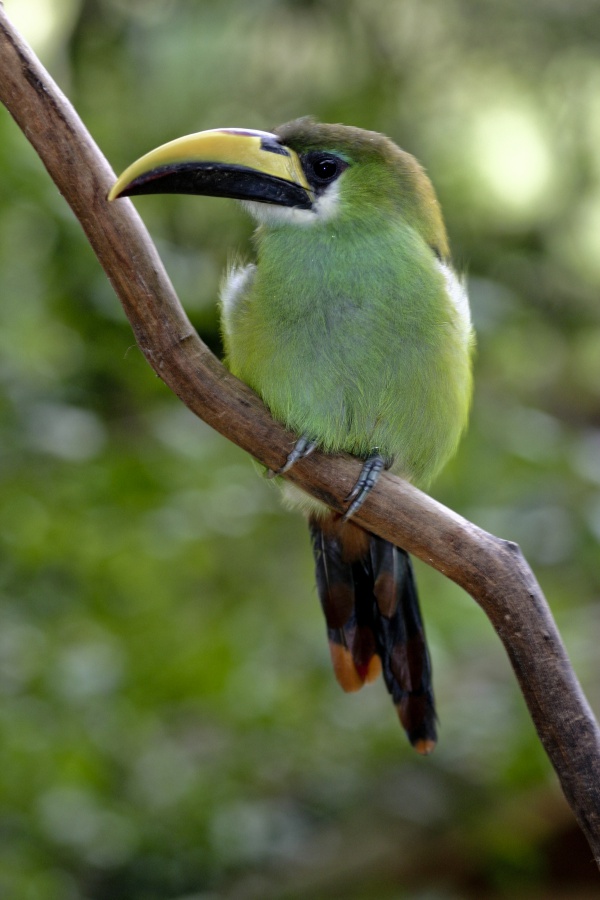Facts About Emerald toucanet
The emerald toucanet, also known as the northern emerald toucanet, is a vibrant bird that inhabits the mountainous regions of Mexico and Central America. Initially, scientists placed this species in the genus Pteroglossus, but it is now classified under the genus Aulacorhynchus. There are four recognized subspecies of the emerald toucanet, although some former subspecies have been reclassified as separate species or reassigned to other species.
Adult emerald toucanets are a sight to behold with their bright green plumage, large bills, and distinctive color patterns on their throats and at the base of their bills. These birds thrive in humid forests and woodlands at higher elevations. They usually travel in small flocks and are known for their direct and rapid flight patterns.
When it comes to breeding, emerald toucanets nest in tree holes. Both parents share the responsibilities of incubating the eggs and caring for the chicks once they hatch. Their diet is quite varied, consisting of fruits, insects, lizards, and even eggs.
In the world of pet ownership, emerald toucanets are favored for their affectionate nature and ability to learn tricks. However, they require a large cage, plenty of interactive playtime, and a diet rich in fruit to stay healthy. Without proper nutrition, they can develop health issues related to excessive iron storage.

 Panama
Panama